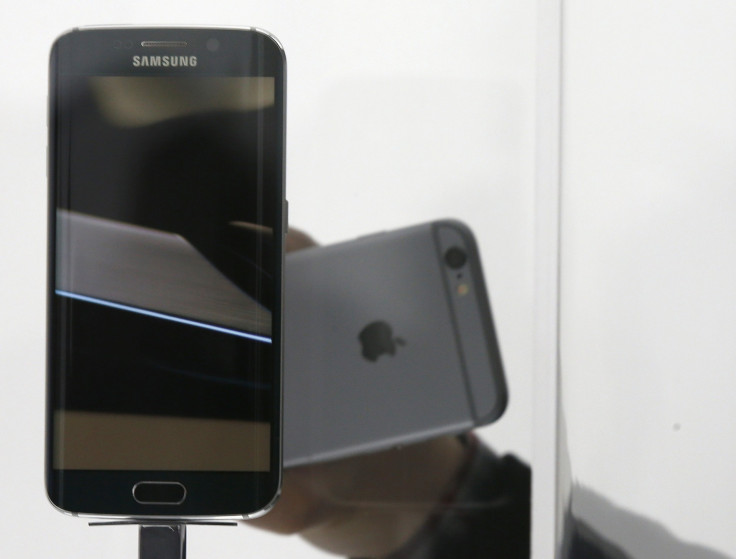Samsung's $799 Galaxy S6 Edge Costs More To Build Than Pricier iPhone 6 Plus

An IHS analysis of the Samsung Galaxy S6 Edge reveals why it's the company's most expensive smartphone: In parts alone, the new curved-edge model costs $285, more than what it takes to build the more expensive iPhone 6 Plus.
Examining a 64GB model from Verizon Wireless, IHS determined that the Samsung Galaxy S6 Edge costs $285 in components alone. Adding in the cost of assembly, it costs $290 to build, making it the most costly Galaxy S model to date.
Samsung is known for using high-end components in its devices, and its displays and chips are among the most expensive. The new design of the Galaxy S6 Edge in particular has taken the cost of Samsung’s flagships to new heights. The dual-edge display and its touch-screen components make up $85 of the total handset cost, according to IHS analyst Andrew Rassweiler, who conducted the teardown of the Galaxy S6 Edge.
Meanwhile, Samsung is adopting its own Exynos 7420 chip in the Galaxy S6 Edge, costing $29.50. Its in-house RAM memory and internal storage modules cost $27 and $25, respectively, and round out the most expensive components on the S6 Edge.
Pundits have noted how, in terms of design, the Galaxy S6 and Galaxy S6 Edge are similar to the Apple iPhone and iPhone 6 Plus. The similarities don’t end there. The 64GB iPhone 6 Plus costs $236 in parts and $240 in total assembly cost. But the Galaxy S6 Edge is the cheaper of the smartphones at retail. The 64GB Galaxy S6 Edge sells for $799 unlocked, while the iPhone 6 Plus sells for $849.
With its new phones, Samsung build quality has entered new territory, and the company has also had to revamp the way it markets and sells its products. Though both Samsung and Apple produce smartphones for the premium market, Apple has strictly catered to the high end, offering devices with costly materials and models with different storage options, which are often priced up to $200 higher than base model iPhones.
After seeing sales decline in 2014, Samsung gave its flagships a much-needed design update -- favoring metal and glass over polycarbonate plastic and giving the Edge models a curved display. The manufacturer has also introduced more storage options than it has in the past and made them easier for consumers to purchase.
Previously, Samsung sold its base models mostly with lower storage capacities, while models with more storage became available months later, often exclusively to one carrier or retailer. But as with the iPhone 6 and 6 Plus, shoppers will find 32GB, 64GB and 128GB versions of the Galaxy S6 and S6 Edge available to them in stores as well as online.
In addition to becoming more competitive in price with Apple, Samsung is in a position to fatten its margins by offering more higher-priced options from which consumers can choose.
The company has been criticized for doing away with the staple removable back on Galaxy S smartphones, which allowed users to increase the memory capacity of their devices. Instead of buying a MicroSD card, many consumers may now opt for a 64GB or 128GB storage model of the Galaxy S6 or Galaxy S6 Edge. Samsung will earn an extra $87 of profit with the sale of every 64GB Galaxy S6 and an extra $160 on every 128GB model, according to IHS’ Rassweiler. “Apple has also been structuring its iPhone offering like this for years,” he said in a research note. “It boosts margins.”
The Galaxy S6 Edge is already proving popular. After just four days on the market, it comprises 50 percent of sales for Samsung’s new flagships in South Korea, reports Yonhap News. The wire service said that preorders of the Galaxy S6 and Galaxy S6 Edge in the country numbered 300,000, more than any previous Galaxy release.
© Copyright IBTimes 2024. All rights reserved.






















